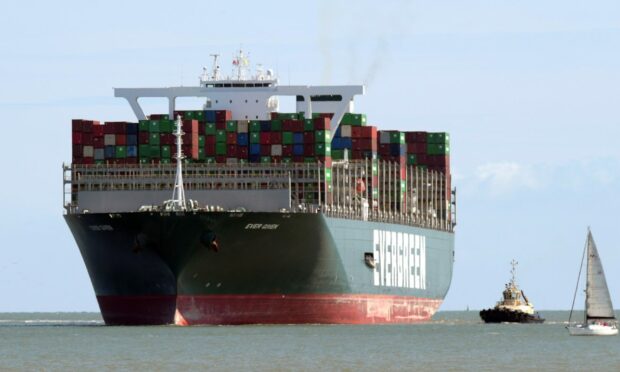Global shipowners will have to spend up to $800billion (£581.4bn) over the course of the next 30 years if they are to meet marine industry ambitions on reducing carbon intensity.
A new report, Maritime Forecast to 2050, part of DNV’s suite of Energy Transition Outlook (ETO) reports, found only 12% of new build ships have been designed to use lower carbon alternative fuel systems. The classification body said this was an increase from the 6% reported by DNV in the 2019 as marine industry efforts to shift to net zero power was “gaining momentum”.
However, less than 1% of ships currently in operation use alternative fuels. The world fleet is mostly powered by diesel engines running on carbon-emitting marine fuel oils, the report said.
Shipping – which transports about 90% of global trade – has been set strict new targets.
Earlier this year, the International Maritime Organization (IMO) set plans aimed at cutting the carbon intensity of all ships by at least 40% by 2030. This was added to earlier pledges to reduce greenhouse gas (GHG) emissions by at least half by 2050 compared with their level in 2008, and working towards phasing out GHG emissions from shipping entirely as soon as possible in this century.
DNV said regulations and policies, access to investors and capital, and cargo-owner and consumer expectations will be the main drivers of ship decarbonization.
Knut Ørbeck-Nilssen, chief executive of DNV Maritime called the effort “the challenge of a lifetime”.
He said: “Choosing the right fuel today for operations tomorrow is a daunting task that all owners must face up to.
“The business environment is changing in line with the natural one, leading not just to increased regulatory requirements, but also to new cargo-owner and consumer expectations and more rigorous demands from capital investors and institutions.
“A misstep today in newbuild fuel strategies can have damaging consequences for businesses and assets in the future.”
